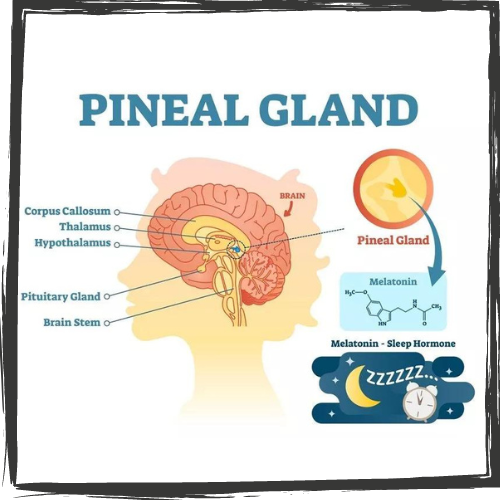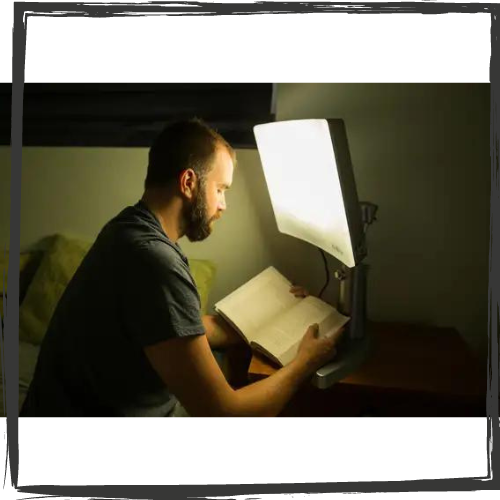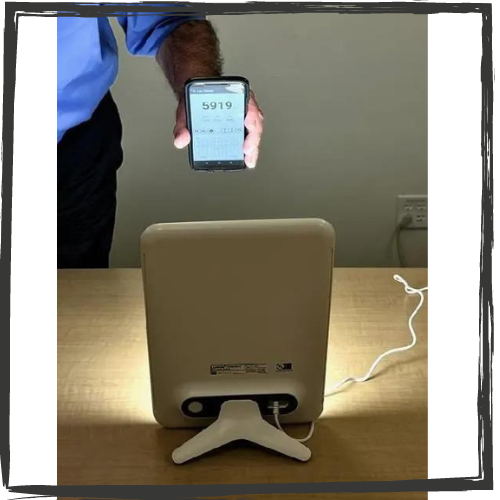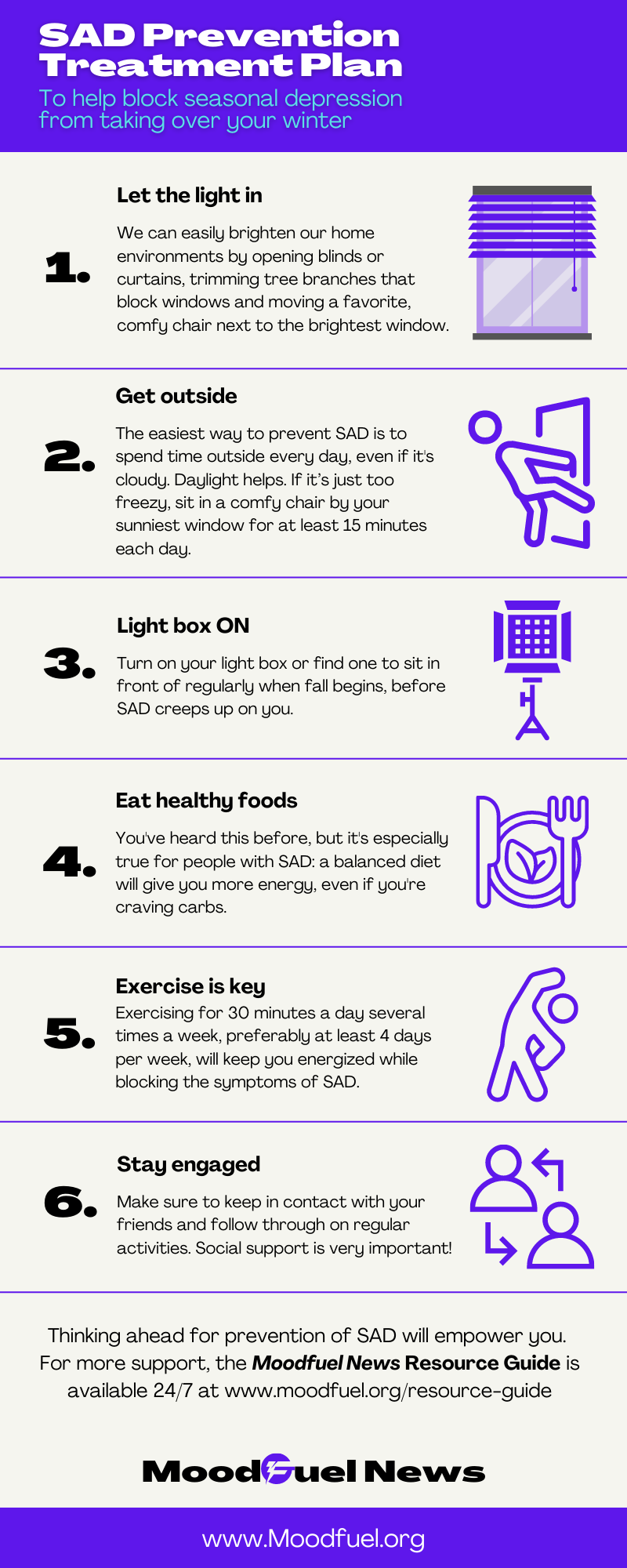By Renata Hill, Moodfuel News
The cold, dark months can have a profound affect on us, but simple techniques will help
As we move into winter with shorter daylight hours and falling temperatures, does a cloud follow you around? Do you feel tired or sluggish, maybe even cranky, too, and craving carbs? You may be experiencing seasonal affective disorder (SAD).
“The seasonal mood change can come in different shapes and forms,” said Dr. Dorothy Sit, associate professor of psychiatry and behavioral sciences at Northwestern University Feinberg School of Medicine in Chicago. "
You're not alone, lots of people get SAD
According to the Mayo Clinic, SAD is a mood disorder that happens every year at the same time, generally in fall or winter in North America. A Nov. 2022 poll by the American Psychiatric Association found that nearly 40% of Americans, or almost 132 million of us live with SAD each winter, far more than commonly reported. Specifically, women said their moods declined more often in winter than men and rural residents were hit hardest compared to suburbanites and urban dwellers. Residents in Midwest and Northeast suffered more than those in the South and West. Author and medical consultant for WebMD Debra Fulghum Bruce, PhD, added that SAD usually begins in young adulthood.

Three hormones could be the cause
Researchers think hormones trigger attitude-related changes at certain times of year. EndocrineWeb stated that three hormones have an affect – serotonin, melatonin and cortisol.
Levels of serotonin, commonly known as the "happy hormone," are dependent on sunlight exposure, so increased indoor time due to cold weather and the darker months can cause depression and lethargy. In addition to sunlight, the human body uses carbohydrates to create serotonin.
According to Sherri Melrose, a professor of Health Disciplines at Athabasca University in Alberta, Canada, people with SAD may also have difficulty with an overproduction of melatonin.

The pineal gland in our brains produces melatonin and this gland responds to darkness by causing sleepiness. As winter days grow darkest, melatonin production increases and, in response, those with SAD feel sleepy and lethargic.
Then, there's cortisol, the "stress hormone." The adrenal glands on top of the kidneys produce cortisol. It functions exactly opposite to melatonin, explained Dr. Sean Zager of Paloma Health. According to this thyroid expert, melatonin levels rise in the evening and night and cortisol levels fall to support sleep; in the morning and day melatonin levels drop and cortisol levels rise to support energy and stress management while we are awake.
Diagnosis of SAD can be delayed
Bruce said it may take a while for your doctor to diagnose SAD because it mimics other conditions, like chronic fatigue syndrome, underactive thyroid, low blood sugar, viral illnesses and other mood disorders. The main feature of SAD is the shifting of your mood and behavior along with the calendar.
“This is a form of depression that cycles naturally. It starts every fall and winter and remits every spring and summer,” Sit said in a Northwestern Medicine news release.

According to the Diagnostic and Statistical Manual of Mental Disorders, Fifth Edition (DSM-5) you may have SAD, if for the past two years, you:
- Had depression or mania that starts and ends during a specific season
- You didn’t feel these symptoms during your “normal” seasons
- Over your lifetime, you’ve had more seasons with than without depression or mania.
Bring on the light (box)
Research by many, including Dr. Philip D. Campbell and his team at the Department of Psychiatry & Behavioral Sciences at Albert Einstein College of Medicine in New York, state that a proven effective remedy for SAD is starting the day with Bright Light Therapy (BLT) also known as phototherapy. When their test subjects used a light box with full-spectrum visible light bulbs at 10,000 lux for 30 minutes, they experienced dramatic, positive effects within the first three to seven days. Campbell said that the success of BLT for people with SAD was so significant, it prompted investigation into its use for other psychiatric conditions.

Bruce and Campbell both indicated that using a full-spectrum light box is simple. Place the light box on a table and sit in front of it. Bruce said this therapeutic light is about 20 times brighter than normal room lighting, so the light should shine only indirectly into your eyes – don't look directly at the light source for extended periods. Begin with one 10- to 15-minute session per day. Increase duration to 30 to 45 minutes a day, depending on your response.
The Yale School of Medicine cautioned light box consumers to research products before purchase. Anyone looking online for a light box for SAD will see many devices advertised as 10,000 lux, without specifying the distance at which this intensity is obtained. For example, one major manufacturer sells a device that is 10,000 lux, but only at a distance of six inches – obviously not feasible when sitting for 15 minutes. Fortunately, now you can check out device properties through phone apps for iPhone and Android that measure lux with the phone camera with high accuracy.

For a thorough description on the types of light boxes available, functions and pricing, the New York Times' Wirecutter has a good, recent review article. The Yale School of Medicine Psychiatry department also created a helpful page reviewing and recommending light boxes based on their testing.
If the SAD symptoms don't go away, your doctor may increase the light therapy sessions to twice daily. People who respond to light therapy are encouraged to continue it until they can be out in the sunshine again in the springtime.
If you have medical insurance, your provider may cover the purchase of a light box since they have become standard therapeutic tools for people with SAD. Costs range from smaller, dimmer models at $50 to larger, brighter ones well over $200. If this expense is not an option, consider asking your favorite community organization to purchase one for you to use on their premises. Your bright idea may help many neighbors living with SAD this winter!
Talk therapy works too
Psychotherapy, also called talk therapy, is another option to treat SAD, said the Mayo Clinic. A type of psychotherapy known as cognitive behavioral therapy can help you:
- Learn healthy ways to cope with SAD, especially with reducing avoidance behavior and scheduling meaningful activities
- Identify and change negative thoughts and behaviors that may be making you feel worse
- Learn how to manage stress
- Build in healthy behaviors, such as increasing physical activity and improving your sleep patterns.

Create a prevention treatment plan
Thinking ahead about SAD is always a good idea. Consider making a prevention treatment plan for yourself.



